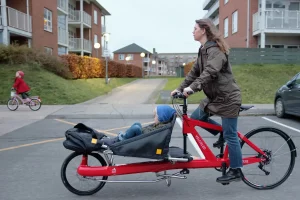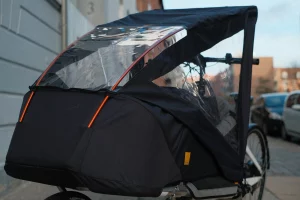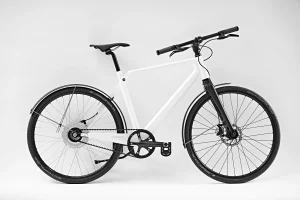Shedding light
07.03.2024
Being able to ride your bike at night is a central part of an urban cycling lifestyle, and while it may seem like a simple “no-brainer” there are some considerations to be made when choosing your lights. More is not always better and the rules vary from place to place across Europe. Bike lights have two functions: One is to help you see in the dark and the other is to help make you more visible to others, be they cyclists pedestrians or motorists.
Your own needs will vary greatly, riding through the city streets will require sensible city lighting that meets the local regulations whereas bombing down a downhill mountain bike trail in the middle of a forest is going to require all the light you can throw out there. A light suitable for nighttime trail riding might light up the world, but it will most likely blind any oncoming motorists or cyclists rendering it dangerous and inappropriate.
Lights are available with a wide variety of output and they distribute their light quite differently. Local laws may govern this quite strictly and probably the best example of that is the German STvZO regulations that clearly define a road-worthy bike light and in some cases even how it should receive its power. Light is not just light and can be measured in different ways. We can measure how much we put out there. We also need to have an idea of how it is distributed and how much of it is illuminating an object. Floodlights illuminate a wide area for better visibility, while spotlights project a concentrated beam for seeing further ahead. Light is usually expressed in 3 different contexts Lumens, Candella and LUX.
Lumens is a measurement for how much total light is being emitted by a light, but it doesn’t define how much of that light is available in a specific direction. Once again, more may seem like better, but it is important to be aware that overly bright lights will blind oncoming traffic.
Candella refers to light intensity in a specific direction. Think of a spotlight and the focused beam it emits. A spotlight may not be putting out an excessive amount of light but it’s focusing it in a specific area and direction.
Finally, we have LUX which tells us how many Lumens are going to illuminate a specific area at a given distance. For example, the German STvZO regulations will require 10 LUX at 10 meters in front of the bike. It is important to point out that local regulations can be very strict and this post is intended to be an orientation and not a guideline.
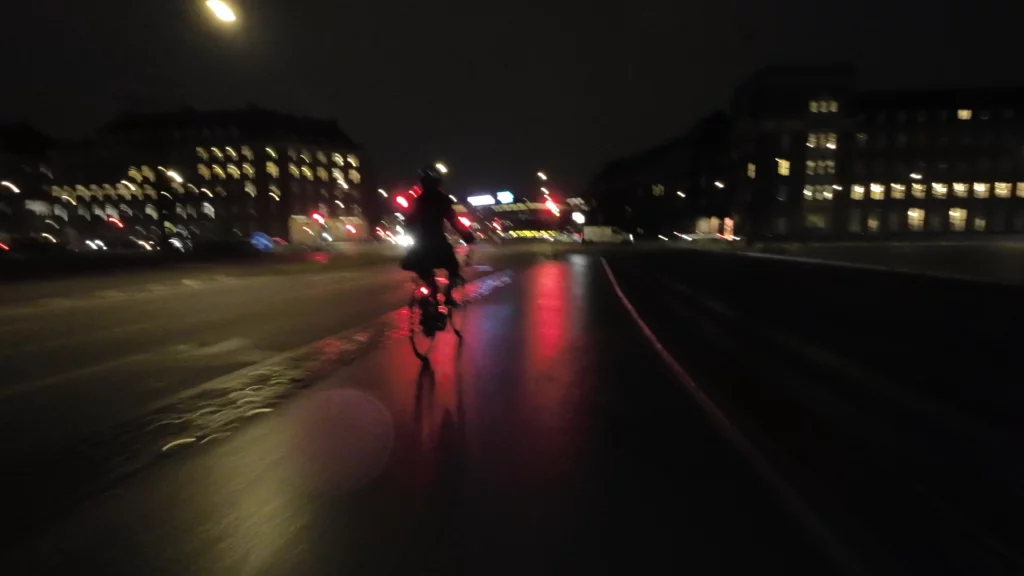
Commuting in the city places greater demands on battery life or reliability than it does on actual lumen output. Dynamo or rechargeable models with 200- 500 lumens in a flood pattern can offer good visibility but this will not meet requirements everywhere (especially not in Germany). Road cycling at night will require a more focused beam and if you’re riding fast then you may feel more comfortable with a bit more output like 400-600 lumens. Once again it is really important to concentrate on where that light is going to avoid blinding oncoming traffic. Although not legal everywhere you may also want to consider blinking lights. Mountain biking at night will require rugged high-output lights with 800+ Lumens. A wide beam pattern can also be essential to navigate a constantly changing terrain.
Now that we have talked about front lights let’s take a quick look at the red ones. Rear lights on the other hand are less dependent on your personal needs and more a function of making you visible to others. While blinking lights may draw attention and prolong battery life you’ll need to look into the local laws to know if they are permissible. Some tail lights even offer braking functions like a car.
Reflectors are not quite lights but they do have to do with light and visibility. There are a myriad of rules and regulations about reflective materials on bicycles. Some laws require pedal reflectors, wheel reflectors, white strips on the tyre and reflectors front and back. Here is a scenario where more is better!
None of this takes into account how your lights are powered, and while some local laws require a dynamo let us suffice to say that reliability is of the utmost importance. Powerful lights are useless if they won’t last the entire ride. Dynamo lights tap on your bike’s motion to power the lights, eliminating the need for batteries. However, they require hub compatibility or a rim dynamo. Battery-powered lights are convenient but require charging.
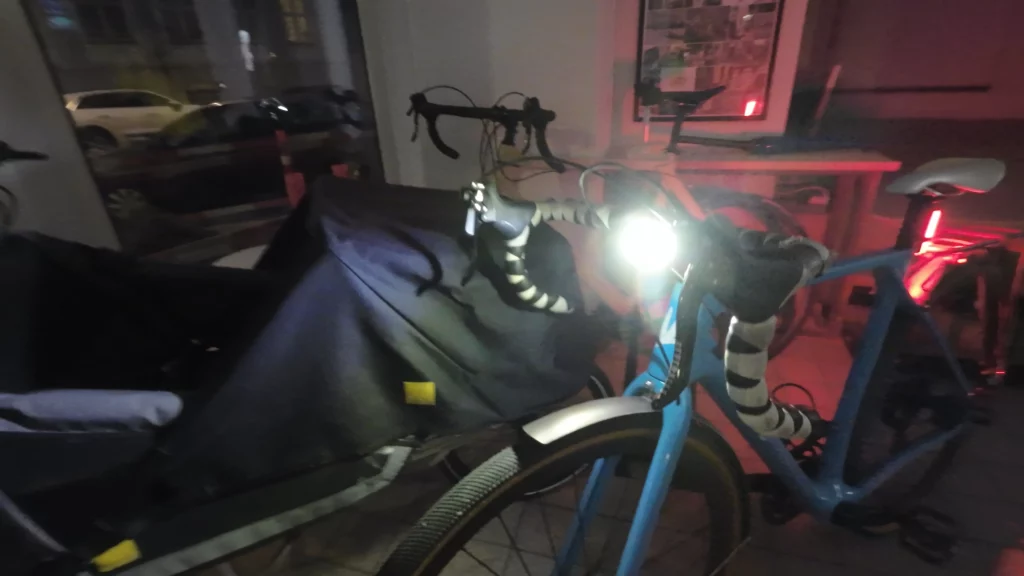
As you can see from the sections above, lights are more than just light and when taking needs, regulations and technology into account the discussion can become quite complicated. I hope we’ve managed to shed some light in the darkness.
German STvZO bullet points (to the best of my knowledge winter 2024):
- Lights: You need a white front light and a red rear light.
- Power Source: Typically, lights should be powered by a 6V/3W dynamo hub. Exceptions exist for racing bikes under 11kg, which can use battery-powered lights.
- Minimum Brightness: The front light must illuminate at least 10 meters ahead of the bicycle with a minimum power of 10 lux (lumens per square meter).
- Beam Pattern: The front light beam should be focused downwards with a sharp cutoff to prevent blinding oncoming traffic. Regulations don’t specify a specific cutoff value, but it should achieve the non-glaring effect.
- Maximum Brightness: Following a 2020 update, the front light’s maximum output is capped at 205 lumens (down from 350 lumens previously).
Additional Points:
- Rear lights should be visible from a good distance behind the bike.
- Rear Lights are to be mounted between 250mm and 600mm off the ground.
- Flashing lights are forbidden.
- A white reflector facing forward on the front of the bike.
- Each wheel must have white or yellow reflectors on the spokes or reflective strips on the side of the tyres.
- Yellow reflectors on the pedals.
- Red reflector in the back.
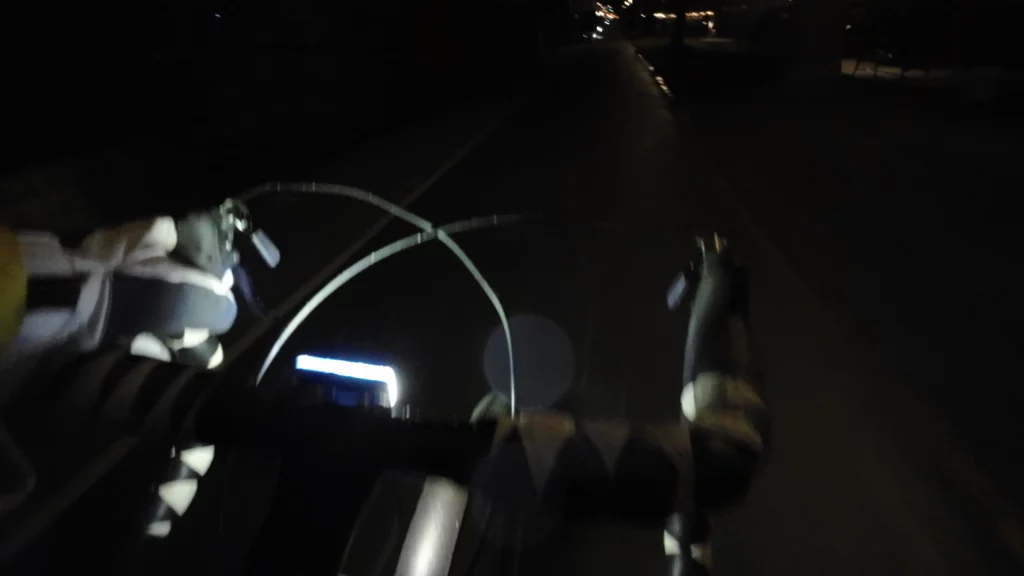
Just for comparison and to illustrate how different rules are below is a summary of our rules here in Denmark. Unlike Germany’s detailed StVZO regulations, Denmark’s approach to bicycle lights is more focused on functionality and visibility. Here’s what you need to know:
- Lights Required: When it’s dark or visibility is poor, all bicycles must have a working white front light and a red rear light.
- Visibility Range: Both lights need to be visible from a minimum distance of 300 meters ahead and behind the bicycle. This ensures adequate detection by motorists and pedestrians.
- Colour and Beam Pattern: No specific regulations dictate lumens, beam patterns, or flashing modes. However, a steady beam is generally recommended for the rear light. The front light can be white, yellow, or blue, but flashing yellow lights are not allowed.
- Mounting: Lights must be securely fixed to the bicycle frame, not carried by hand.
- Though not replacements for lights, Danish law requires reflectors for added nighttime visibility. A white reflector must be visible from the front, yellow reflectors on the pedals and both wheels and a red reflector at the back. Reflective strips on each side of the tyres can be substituted for reflectors mounted on the spokes.
